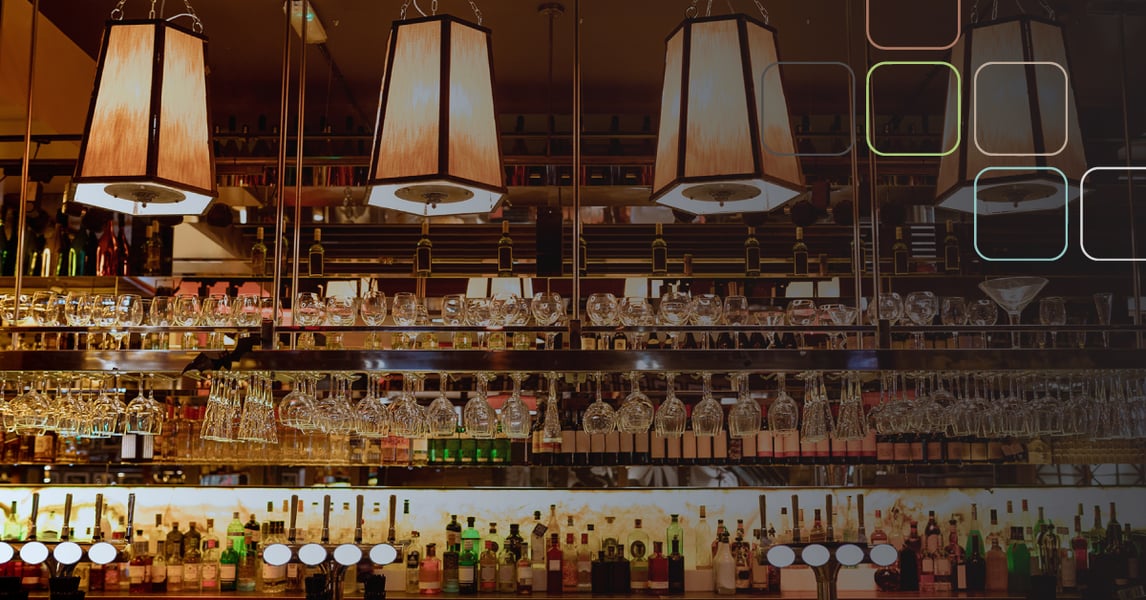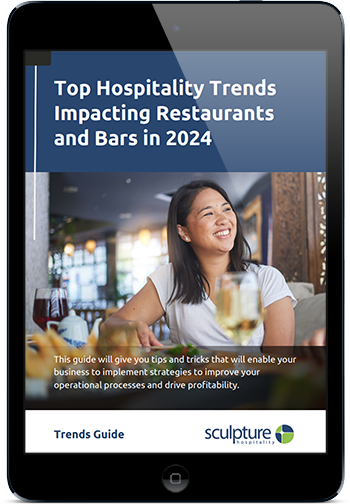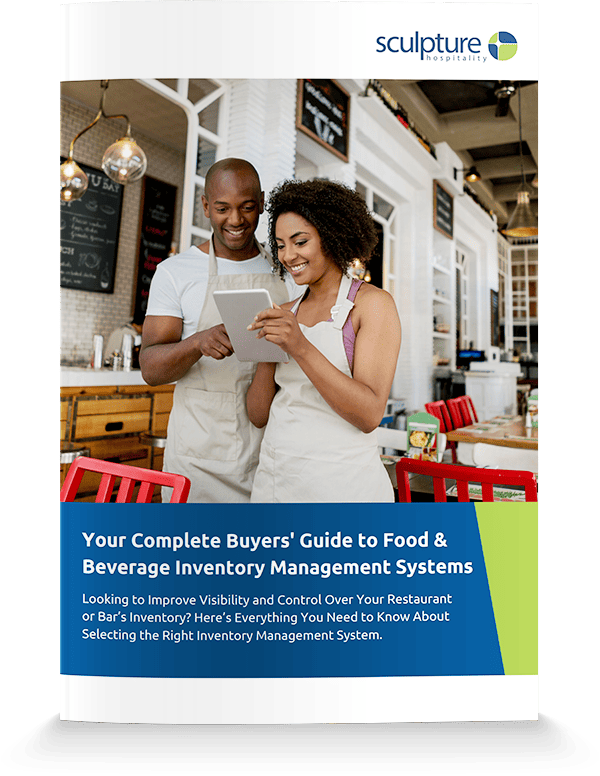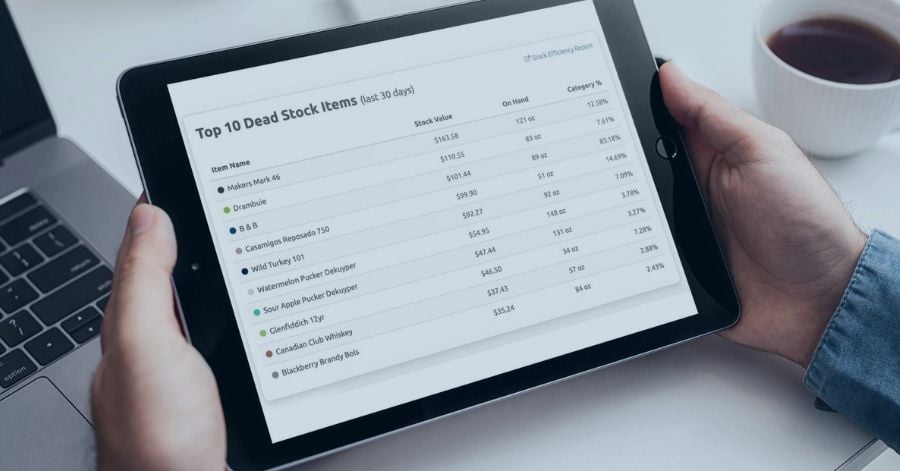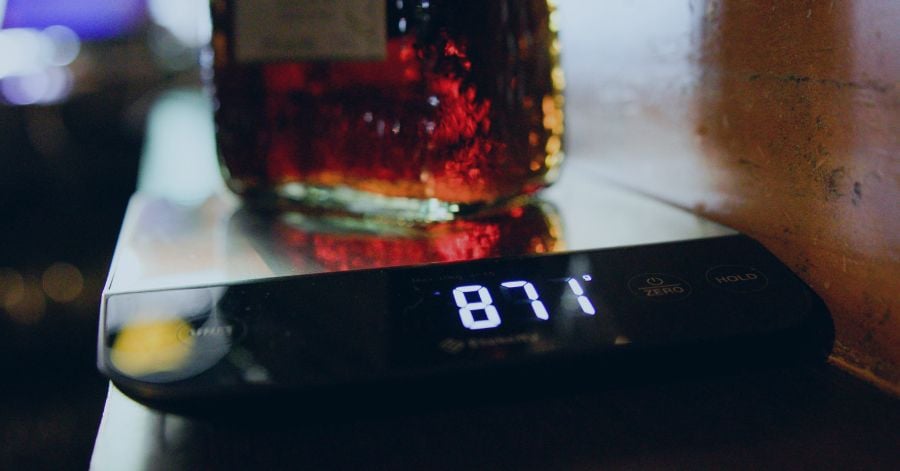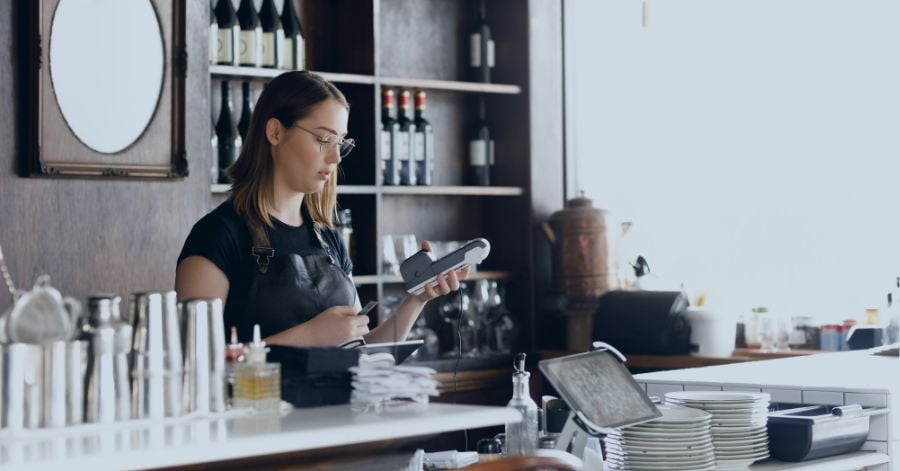The following article was written by one of our top industry experts, Gareth Hollows. He has years of experience in the field, navigating the ups and downs of our industry. His advice here is crucial to reducing dead stock and improving your cash flow.
If you are anything like me, trying to describe the last few weeks is almost impossible to put into words. Watching the daily footage on the news channels unravel from around the world reminds me a lot of the movie Independence Day minus the aliens and this time, Will Smith can’t save the planet!
Shock, fear, anxiety and anger are just some of the wide range of emotions I have personally gone through as I have been forced to close my own business and see the hurt and pain of customers, colleagues and friends around me having to do the same. How long will this last for? Will I be able to keep all of my staff employed? Will I have any customers left when trade resumes and restrictions are lifted? Am I strong enough to deal with this? – all of these are questions that continually have been churning around in my head since the lock-down commenced and I have no doubt nearly all of you are experiencing the same level of uncertainty that I am.
After more than 2 weeks now of letting the wave of emotions flood over me and spending most of this time outside felling trees and cutting up firewood at the back of a family farm where I am spending my time in isolation, I am starting to find that the clarity is coming back to my thought process and the initial shock of this situation has started to wear off. One thing that has become very apparent to me is that as we come out the other side of this pandemic there will be huge opportunities for those of us who can keep a level head and do what we can both during this lock-down and immediately after to put ourselves in fighting shape when we come out the other end of the tunnel. Will it be easy? No. Will there be a number of challenges and obstacles put in our way? Of course there will. But – as entrepreneurs, business owners, managers and leaders, have we ever let that get in the way of success before?
I don’t claim to have all the answers but as someone who has spent my entire life working within the hospitality industry I certainly do have insights into some areas of your business, particularly around stock control, where you can make immediate changes that will help your bottom line and most importantly improve cash flow when you reopen your doors. To kick things off I want to first discuss stock holding levels and dead stock. Although you may not be able to action these steps right away if your venue is currently closed – as soon as you re-open this will immediately reduce your weekly spend on stock purchases and vitally give you more cash flow to play with. Remember – in times like these – "Cash Flow is King"
As a general rule of thumb, nearly every hospitality venue we work with is overstocked. It’s a conversation we have continually with our clients and although they have the best intentions to rectify this, it’s never really seen as a priority and they would rather err on the side of caution and have too much stock than risk the chance of running out.
Here’s a simple fact – on average – 80% of a venue’s sales come from only 20% of their product range! What this means is that the emphasis for your stock holding should be on ensuring that the 20% of your core products never run out and the other 80% of your products only have minimal holding. We find this is very rarely the case and consistently find random bottles of wine or spirits gathering dust in a cupboard or a storeroom that have sat there for longer then anyone can remember. Do you really need that stock and would it be the end of the world if you actually did run out of these obscure products for a day or two before they were re-ordered? In fact, do you even need to re-order them once they have run out? As a prime example, say a customer walks in and orders an expensive top shelf scotch whisky and after 3 rounds of drinks empties the bottle. A good bartender would simply direct them towards the other 20 whisky’s sat on the shelf rather than have to rely on there being a back-up bottle of every single premium whisky which could be a significant quantity depending on the bars whisky range. Do you need all that money tied up in dead stock on the odd chance that once a year someone walks in and decides to order that product?
Here’s another even simpler fact – that stock sitting on your shelves and inside fridges and stacked in storerooms is in fact liquid cash! I want you to start visualizing every single product in your bar or restaurant as it’s equivalent in $20 notes. When you start to change your way of thinking into this mindset it really becomes quite scary very fast. Would you leave bundles of $20 notes laying around under the desk in the office or outside the kitchen corridor under a couple of broken boxes? I doubt it. So why is it OK to leave hundreds of dollars of wine left over from the last change of wine list gathering dust in the corner of the storeroom or bottles of spirits in the office that were given to you as promo stock but you never got around to using. All of that stock should be converted into revenue – it's money that should right this very moment be sitting in your bank account! It doesn’t matter if it’s not currently sitting on your core beverage list – convert it into cash and put that money to good use elsewhere like paying your rent or your employee's wages. No restaurant or bar owner I know is that wealthy that they can afford to leave bundles of money just laying around on the floor.
Let’s now talk about product ranging - why do you have so many products on your back bar or so many wines available by the glass or even so many different types of craft beers sitting in your fridge? The common answer I receive is “I want to give my customers the best possible selection to chose from.” Here’s the problem, that completely contradicts the 80/20 rule where again to reiterate – nearly 80% of all sales come from only 20% of your core stock list. I completely understand the excitement around opening a new venue or having the responsibility of changing a wine list or core range in a venue if you are tasked with doing so but, 9 times out of 10 these product ranging’s are based on emotion rather than financial merit. Be true to what your business is and don’t try to please everyone. Ensure the products you stock sell enough to justify them taking up valuable shelf space but more importantly, justify those $20 notes sitting in your bar on shelves rather than sitting in your bank account.
JUSTIFY THE $$$ OF STOCK SITTING IN
YOUR BAR RATHER THAN SITTING IN
YOUR BANK ACCOUNT.
The last point I want to cover is ordering and who has the responsibility in your venue to do this. So let me ask you another question – Does the person responsible for ordering stock in your business have access to your business bank account and the ability to draw cash from it as they please? I’m guessing unless it’s the owner of the business themselves doing the ordering that’s very unlikely. The reason I make this point is that when you give someone free reign to just order stock as they see fit, you are effectively giving them access to your bank account. Once again, imagine all the stock in your venue as bundles of $20 notes – when you give your 20 something year old bar manager who probably struggles to budget their own living expenses week to week the authority to order what they want and as much as they want, do you think it’s their fault if they order too much of the wrong products? Of course not, it’s yours. You need to put very clear parameters around par levels of stock and very strict criteria in place they need to pass by you if there is any variation to those par levels. Bar managers do not intentionally go out of their way to spend your money recklessly but they will do what they can to make their own life easier and that generally means over-ordering because its quicker just to round up and err on the side of caution. They are also more inclined to buy new products as they come onto the market simply because they want to try them themselves or get talked into purchasing them by a good-looking sales rep. You need to have very strict parameters around ordering to protect yourself and your cash flow.
So with all of this to ponder – what are the practical steps you can take in your own business immediately after re-opening to put more money back into your bank account and have less tied up in dead stock not earning you money. It really boils down to just 3 easy steps I've summarized below:
Quantify the Core Range of Products you Sell - From the wine list, to the back-bar and everything in between – look at what every single product has contributed as a percentage to your overall sales mix for the last 6 months. If products are not selling or barely turning over be ruthless and cut them. You should be able to run these kinds of reports from your POS system or even easier, if you are lucky enough to be a current Sculpture Hospitality client, we can provide you a detailed breakdown brand by brand of this data very easily.
Convert Old Stock into Cash - Once you have determined which brands you will no longer range, don’t stack these up in a corner somewhere and leave them to gather dust. Find a way to sell them and turn these products back into revenue. Ensure you also scout your entire venue for items that may already be sitting around from previous beverage lists and add these to the stock you are going to convert back into cash. Simple techniques like a weekly specials board, a cocktail of the week or food and wine pairings can be an effective way to move these products through your venue once you re-open your doors. Remember, the more of this dead stock you move and sell, the smaller your spend through your suppliers will be in the initial stages of re-opening and the more money you will retain in your bank account.
Tighten up the Ordering Process - Put very clear parameters in place around ordering moving forward and ensure the person who does the ordering is well trained and understands the implications of their actions if they order the wrong types of products or too much of something. At the very minimum, work with this person to set up par levels for every single product in the venue so they not only order enough of the right items but equally do not over order the wrong items. Again, if you’re a Sculpture Hospitality client we can provide these par ordering guides for you and our system takes this a step further by being able to follow your seasonal trends as trade gets busier or slower between summer and winter months.
I really do hope you found the above useful and I encourage you to share this article with your staff and any other operators or colleagues whom you feel would take some value from the content.
The situation we all find ourselves currently in is quite clearly unprecedented and I think this is a time when we should all be openly sharing our own expertise and experience which each other as much as possible so that we all come out the other side of this with a fighting chance.
Be safe – be well and most importantly – keep fighting the good fight.
-------
About the Author:
Gareth Hollows is the owner / operator of Sculpture Hospitality Auckland, New Zealand and is part of a greater network of inventory control specialists worldwide who work under the Sculpture brand to deliver innovative stock control solutions to bars and restaurants in countries all over the world.
As someone who has spent his entire life in the hospitality industry he is passionate about finding outcomes that are both cost efficient and drive profit margins for his clients. Inventory control is certainly not considered glamorous but overwhelmingly holds the biggest risk in any hospitality venue selling food or beverage when it comes to potential losses through theft, poorly calculated margins and incorrect portions or pour sizes.

